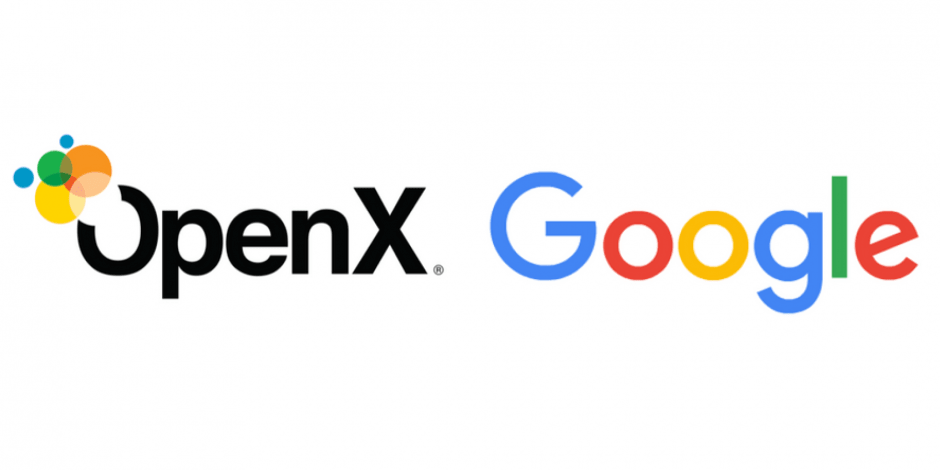If you have a sales event coming up, like the end-of-season sales, then here are the tips you need to know.
By MediaStreet Staff Writers
The actual benefits of designing commercial strategies around events like America’s Black Friday or China’s Singles Day improve market platforms and strengthen the domestic economic market because it’s a great opportunity to encourage consumption and sales.
On Black Friday, for example, thousands of companies from different industries tag along with the commercial event and offer large discounts on their goods and services. However, competition is rife. An offer can lose its meaning when another company offers a better one, and what’s more, businesses must not only participate in Black Friday, but really know how to stand out and attract consumers.

So how do you as a marketer get your business to stand out?
Here are some tips from Adext. They deploy and optimise online advertising campaigns on Google, Facebook, Instagram and thousands of websites to increase the sales of SMEs that have limited resources for the activities.
1) Plan a strategy: It’s not enough to offer irresistible discounts on events like Black Friday… You need a promotion strategy with a clear action plan and execution dates. You must be clear on what discounts and incentives you’ll promote, how you’re going to put them across, the digital platforms you’ll use, who you’ll target, when and why. The what, how, where, when and why questions are key to developing any action plan. Come up with answers to them while always keeping the goal you want to achieve in mind. In this case, it’s sales.
2) Research your competition and make sure to offer something really attractive: You could offer a 10% discount, but if your main competitor offers 25%… You can imagine the outcome. If you want to take the lead, look at what they’re doing and ask yourself how you can beat their discount and/or add more value (without affecting your profit margins). You could give your prospects something of value like a gift for their loyalty, or an extra incentive for them to buy more. Also, don’t forget to let your imagination roam and build your offer or promotion around a creative concept.
3) Build Anticipation: Teaser campaigns are wonderful for building your target audience’s curiosity. Don’t reveal your discounts, offers or incentives too soon… Let your prospects discover what they are as anticipation builds. They should be interested and intrigued to find out what you’ll offer them on your sales event day. There are several examples of clever, catchy strategies where they invite their prospects to go to Snapchat to discover what the 10 star products reduced to €10 are.
4) Send your prospects emails: You can send a few emails before the big sales day (to build anticipation), and other reminders before the day arrives.

Here are three tips to make your email marketing campaign a success:
- Make sure to add an attention-grabbing title or subject line to your email. An email subject line you see all the time, like “Check out our discounts!” will go unnoticed. But if you can entice the reader with something like “I don’t want to freak you out, but you’ll regret it if you don’t take advantage of this” will definitely pique their curiosity and make your open rates go up.
- Once they open your email, there must be something of interest for them to look at and read… The body of the email must be pleasant to look at, and easy to read and scan. Use short paragraphs, bold letters, headlines, subtitles, vignettes, images, and of course: good copywriting.
- Add a CTA (Call-To-Action), where you specify what you want the reader to do once they’ve read your email. For example, you might write: “Our discounted products will be available in store until we’re out o
 f stock. We’ll be ready to serve you when you arrive” or “Buy your Christmas gifts NOW and make sure you don’t get burned in January”. This action-oriented copy should stand out on the page. And if you have an online store, add a link to it.
f stock. We’ll be ready to serve you when you arrive” or “Buy your Christmas gifts NOW and make sure you don’t get burned in January”. This action-oriented copy should stand out on the page. And if you have an online store, add a link to it.
5) Take advantage of the power of social networks: There is no doubt that you need to be where consumers spend most of their time. Where’s that? In this digital world, it’s on social media. Join the conversation and interact with your audience. Include the most relevant hashtags (e.g. #Black Friday or #SinglesDay or #Summersales) on your posts, so that prospects looking for discounts and deals can easily find you.
6) Let digital advertising bring you the clients you need: Digital advertising no longer has to be complicated. And it can give you the results you’re hoping for. Adext is the first Artificial Intelligence platform in the digital advertising space that can automate the entire process of creating, managing and optimising your ad campaigns on Google, Facebook and Instagram.
Have you listed your company in our Media Directory? It’s free! Everyone’s favourite price! Click here to do it now.
























